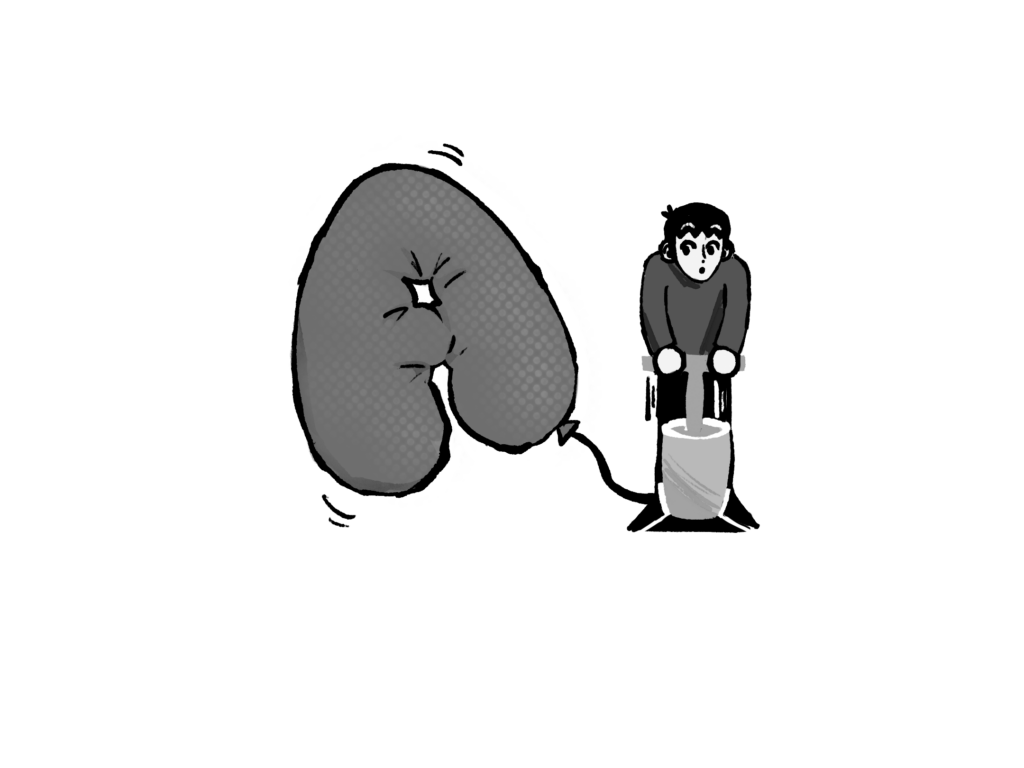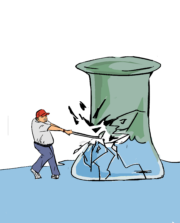
As a senior who recently finished applying to colleges, my grade point average has been at the forefront of my mind. Over the past four years, I’ve stressed over each letter grade and what impact it will have on my next four years.
But when I look at the average GPAs of my fellow applicants, it’s easy to notice that as the years go by, the numbers continue to go up and up. Both myself and students across the nation have benefited from grade inflation, a pattern of rising student grades. While the rising GPA average of teens across the nation may seem to signal a decline in the quality of student learning, students stand to gain confidence, time for new activities and a generally healthier life from these inflated grades.
Today, more and more colleges are placing emphasis on the activities and accomplishments a student achieves outside of the classroom. While GPA is still a factor, extracurriculars give colleges a much better idea of an applicant’s character. If students can earn higher grades more easily, they should not need to spend as much time studying to earn the grades necessary to be considered as an applicant. They can then invest more of their time into the activities that truly make them stand out to colleges. Additionally, students can also have more time to relax and enjoy their life outside of school, something they’ll only be able to do for a few more years.
Regardless of how it is earned, nine times out of ten, any high grade a student achieves is still a result of their hard work and effort, regardless of how much grades have been inflated.
“Grades have taken on their own life,” said Advanced Placement Physics teacher Steve Ratto. “It’s very detrimental to students because it’s ‘A or bust’ for a lot of [them]. When you get that A, it isn’t a celebration, it’s an expectation … [A lot of students] forget that an A means you’ve put in … an exemplary amount of work.
Furthermore, lowering the bar for students to earn higher grades can help ease the common problem of a student’s sense of wellbeing becoming entangled with their grades.
“I’ve been doing this for 16 years, and there’s many teachers who have been doing it a lot longer … and they’ll tell you, students destroy themselves because of grades in many different ways,” Ratto said. “They don’t sleep, they don’t eat, … [they] miss out on events because they are so concerned about grades. I may not stop that, but I’m … not going to add to it … If I am adding to it, I need to figure out a way to do better, because that should never be the case.”
While some may argue that if their grades are inflated, students will not be prepared for the academic rigor of college, a study published by the University of California study actually found some contrary results. While the UC schools no longer use SAT or ACT scores in admissions, they found that there were correlations between higher high school GPAs and higher standardized test scores. Furthermore, in models that used both high school GPA and standardized test scores to analyze student success in terms of retention rate and graduation rates, researchers found that students were predicted to do better in these categories. The findings of this study indicate that even if grades are inflated, students are still equipped with the knowledge necessary to learn and succeed in college courses and graduate.
Rising GPAs are not indicative of an educational crisis in America. Increasing grades serve to benefit students more than they harm their education. As grades increase, so too does a student’s free time, their sense of wellbeing and their self-confidence.




